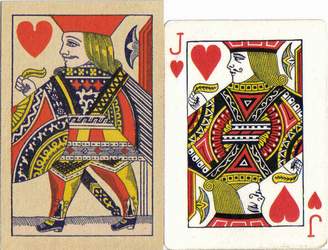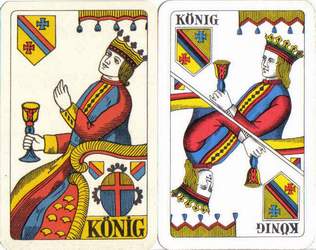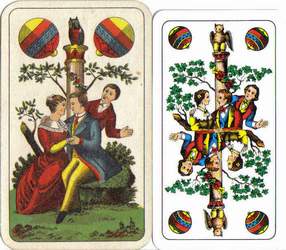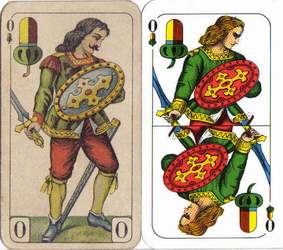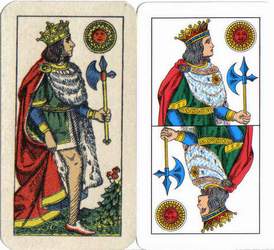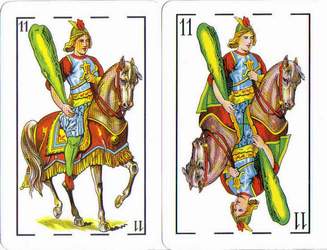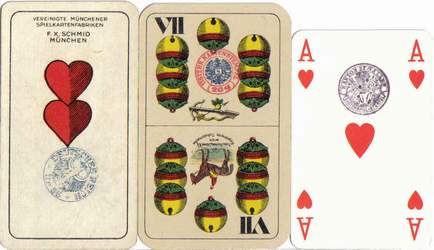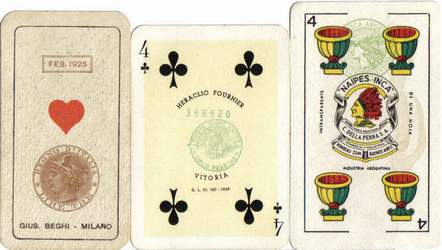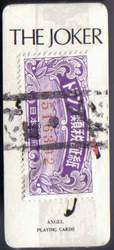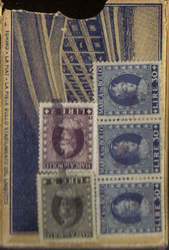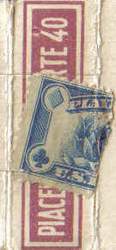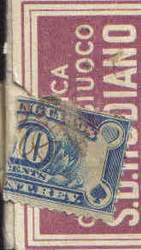| Ace | This playing card used to have the value 1. This is the reason many card decks start the run with a 2. |
| Arcana | A group of cards in tarot. The major arcana are the trump cards 1 to 21 plus "the fool". The minor arcana are all other cards (court cards and pips). |
| Card Tax | Most countries used to tax playing cards. |
| Comodín | Spanish term for Joker |
| Court Cards | King, Queen, Jack, Knight, etc. Contrast: Pips |
| Deuce | Ace of the card games with German and Swiss suits. The deuce developed (unlike the ace) from the card 2. That is the reason you usually find two suit symbols on the deuce. This word originates from French "deux" (two). Contrast: Court Cards |
| Double Faced | Playing cards on which the picture is double. That means you see the same if you turn the card by 180°. This was done to make playing easier, because the cards must not be rotated first to see what it is. Also your opponent will not get a clue about your hand. |
| Face Cards | American expression for --> Court Cards |
| Index | Identification of the cards at the corners. Some cards have no indices, there are some with two (top left, and bottom right) and other with four (all four corners). Such an index always consists of the value (e.g. "K", "Q", "10", "4"), mostly as abbreviation. Usually included is also the symbol of the suit. |
| Jass | Popular card game, mainly played in Switzerland. For this reason cards with Swiss suits are often call Jass cards. |
Pattern,
Card Pattern | Especially standard cards and regional tarots have characteristic presentations usually on the court cards, that are (or were) typical for a certain region and that were made by several manufacturers with only little variation. |
| Pips | Cards with the values 2 trough 10, sometimes also 1, 11, 12, 13 |
| Single Faced | Playing cards where the picture is printed once. If you turn such a card the picture is upside down. |
| Standard Game, Standard Pattern | Card patterns that are typical for a certain region and that are offered by various manufacturers. |
| Tax Stamp (Rubber Stamp) | As proof that the card tax was paid, one card (per deck) was physically stamped with a rubber stamp. |
| Tax Stamp (Seal) | In some countries (e.g. USA, Japan) the box or wrapper was sealed with a special stamp to indicate that the card tax was paid. In Italy tax stamps were used when the tax was increased but the cards already had a tax rubber stamp with the old value. |




